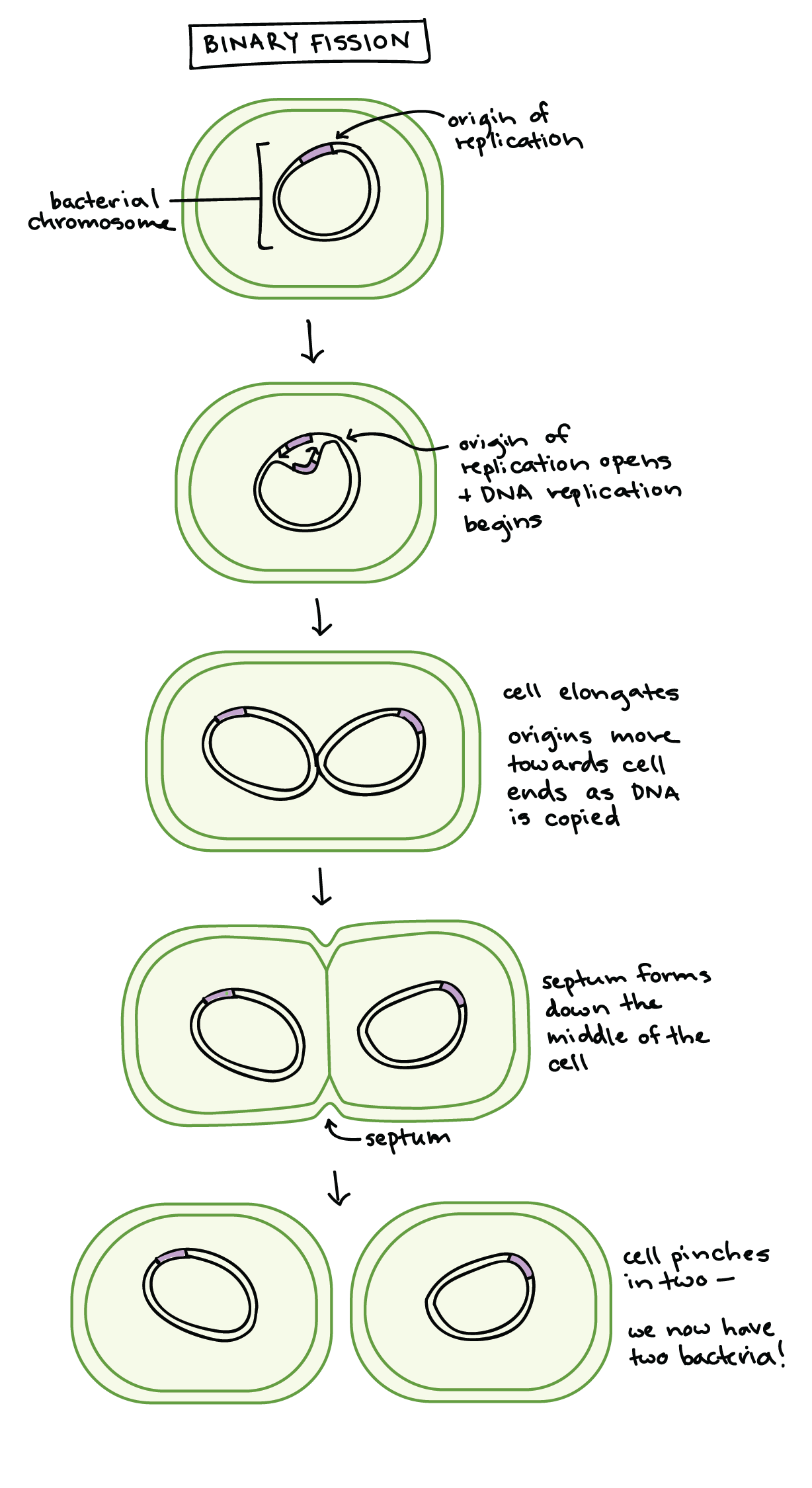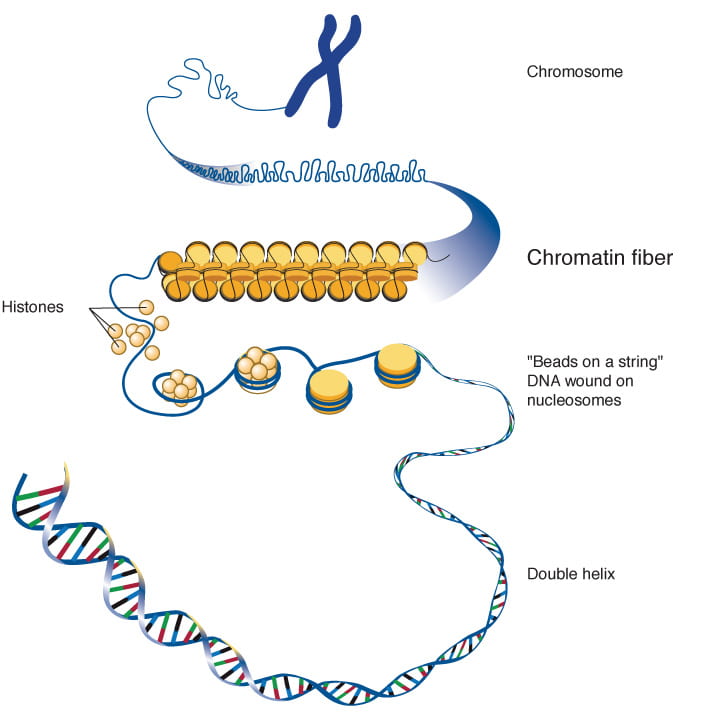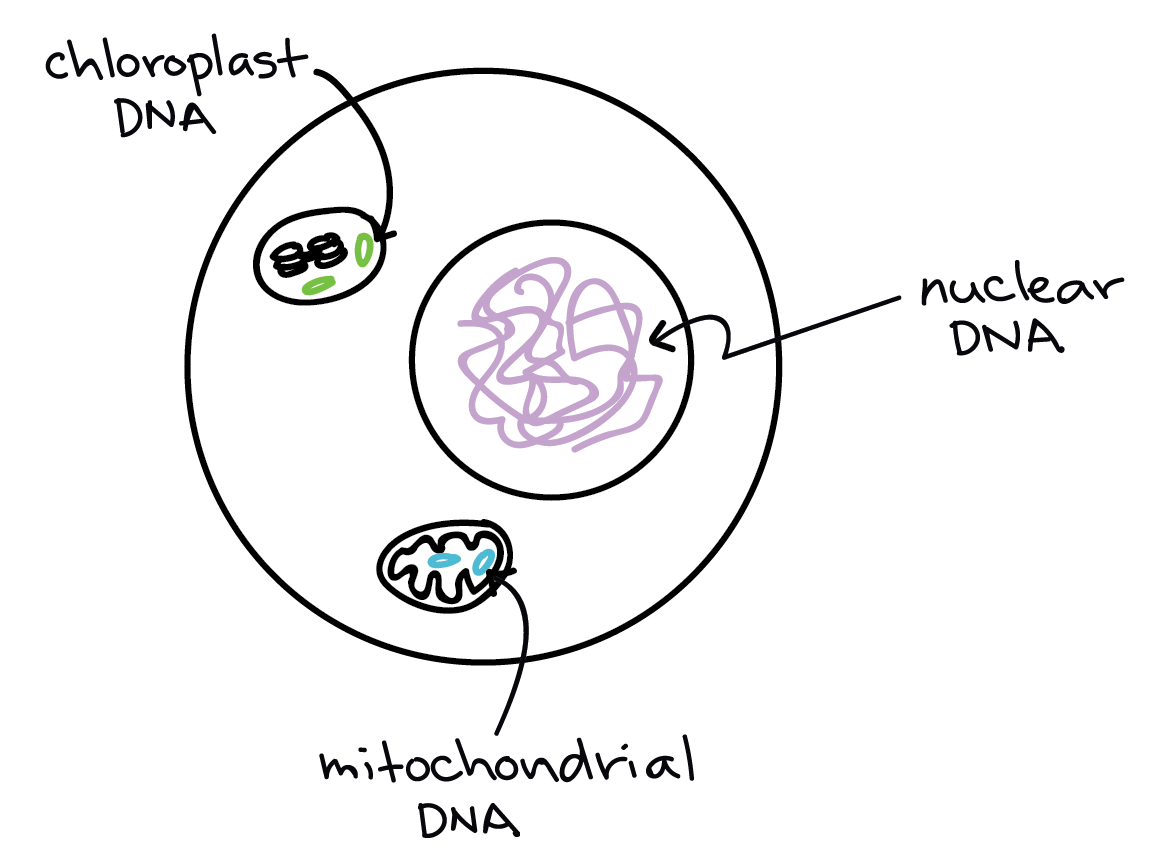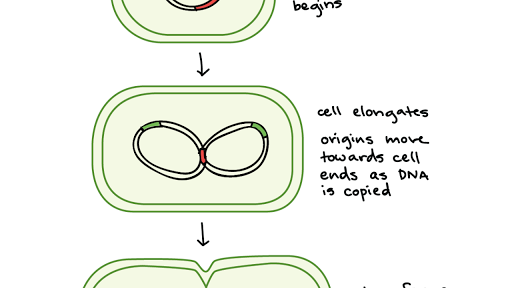3 The daughter cells will each undergo the same mutations as the original cell after reproduction has occurred. It forms the bacterial chromosome though this chromosome is much simpler in structure and in level of organization than the eukaryotic chromosomes of plants and animals.

Bacterial Binary Fission The Cell Cycle And Mitosis Article Khan Academy
Coli the origins move to the quarters of the cell but in Caulobacter the origins move to the other end of the cell.

. During mitosis one pair of daughter cells is created after one round of DNA replication. This creates two sets of daughter cells each of which has a haploid genome. This process happens with the division and duplication of the parents genetic matter into two parts.
Changes in a cells DNA sequences occur during replication and those changes are passed on to daughter cells. Which of the following terms best describes the process of cell duplication in which a single bacterial cell undergoes chromosomal replication and division resulting in two daughter cells. Bacterial cell division or cytokinesis involves segregating replicated chromosomes so that each daughter cell gets one copy and pinching the cell envelope closed between the two daughter cells.
This type of DNA replication is called semiconservative. Top Super-resolution fluorescence image of E. Daughter Cells Definition.
Thus the origins of DNA replication are associated with DNA elements that can move the DNA and prepare the cell for separating the two daughter chromosomes during cell division thereby remotely resembling centromeres in eukaryotic cells. The enzyme DNA polymerase copies a single parental double-stranded DNA molecule into two daughter double-stranded DNA molecules. During meiosis a single round of DNA replication is followed by 2 rounds of cell division.
The DNA of bacteria eg. A bridgelike connection forms between two prokaryotic cells through which genetic information is transferred. The labeled cells were then allowed to grow and divide for one.
Coli divisome protein FtsZ at midcell orange within a schematic cell outline gray. The daughter cells have half the amount of cytoplasm and half the amount of DNA. The daughter cells have half the number of chromosomes and one quarter the amount of DNA.
A scientist used a radioactive isotope of nitrogen to label the nitrogenous bases of the DNA in bacterial cells. The copies are often made in bacteria. Bacteria divides into the two daughter cells through the process called binary fission that is a type of asexual reproduction.
How do the daughter cells at the end of meiosis II and cytokinesis compare with their parent cell when it was in the G2 of the cell cycle. Meiosis however involves two divisions that produce a total of four daughter cells. Coli is a covalently closed circular molecule.
4 The daughter cells will not pass on any of. 1 The daughter cells will pass on only half of the genetic information they received from the original cell. HbA allele encodes wild-type hemoglobin and the HbS allele encodes the sickle-cell form of hemoglobin.
When bacteria divide by binary fission. Also each bacterial cell normally has a single chromosome containing a single circular DNA molecule. Throughout various phases of mitosis these chromatid pairs are separated to opposite sides of the cell and this parent cell divides into two separate but identical daughter cells.
Replication of chromosomal DNA in bacteria starts at a specific chromosomal site called the origin and proceeds bidirectionally until the process is completed. Transformation and selection of bacteria are key steps in DNA cloning. In this method of asexual reproduction there is a separation of the parent cell into two new daughter cells.
There are at least two alleles of the HBB gene. Transcription makes RNA from DNA. Each daughter double-stranded DNA molecule thus contains one old polynucleotide strand and one newly synthesized strand.
Daughter cells are produced after a single cell undergoes cell division. In prokaryotic cells or those cells that do not have a nucleus all three processes occur in the cytoplasm. You instruct the family that the transfer of genetic material can involve contact between 2 bacterial cells.
Mutant in one but not the other Sickle cell anemia is associated with a mutation in the gene encoding the beta subunit of hemoglobin that results in a change from glutamic acid an amino acid to valine another. Each daughter cell contains one half of the chromatid pair or DNA. The daughter cells have the half the number of.
Thus it does not involve the formation as well as. Which of the following best describes DNA replication. Binary fission is a type of asexual reproduction typically observed in prokaryotes and a few single-celled eukaryotes.
The two strands of a DNA molecule separate and an exact copy of each strand is synthesized. DNA Replication in Eukaryotes Because eukaryotic genomes are very complex DNA replication is a very complicated process that involves several enzymes and other proteins. 2 The daughter cells will each produce offspring that will have the same genetic information as the original cell.
Which of the following best represents the DNA of the two daughter cells produced when a bacterial cell with this particular mismatch replicated its DNA and divides. DNA cloning is the process of making many copies of a specific piece of DNA such as a gene. In a typical cloning experiment researchers first insert a piece of DNA such as a gene into a circular piece of DNA called a plasmid.
Replication is the basis for biological inheritance. When two DNA copies are formed they have an identical sequence of nucleotide bases and are divided equally into two daughter cells. The HbS allele which causes sickle-cell disease results from a mutation in the DNA sequence shown in Figure 2 that produces a valine val in the place of a glutamic acid glu residue in the.
It copies a cells DNA. A virus takes in a segment of DNA from one bacterial cell and inserts it into another bacterial cell. DNA can pass from one cell to the other.
Math Chemistry Biology Programming Arts History BusinessLanguage Spanish EnglishTipsReviewBlog Home What best describes the DNA two daughter bacteria cells April 29 2021 thanh halvedB doubledC identicalD unrelated AnswerC Identical long.

Cell Division Mitosis And Meiosis Biological Principles

Tj Topoisomerases Are Enzymes That Regulate The Overwinding Or Underwinding Of Dna The Winding Problem Of Dna Arises Due T Dna Replication Dna Polymerase Dna

Chromosomes Article Cell Cycle Khan Academy

Bacterial Binary Fission The Cell Cycle And Mitosis Article Khan Academy
0 Comments